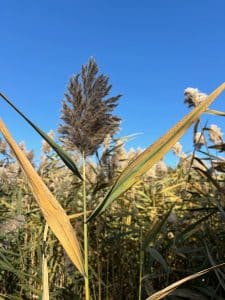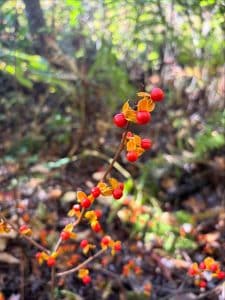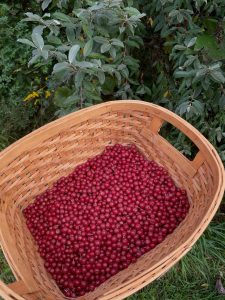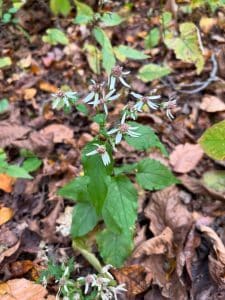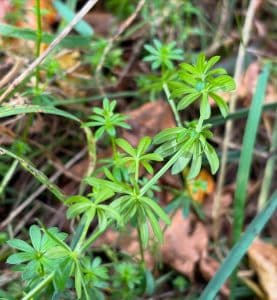Page Created by Connecticut Foraging Club
Upcoming Events | Meet the Instructors | Plant Archive | Mushroom Archive
----------------
Upcoming Events | Meet the Instructors | Plant Archive | Mushroom Archive
----------------
Common quickweed (Galinsoga quadriradiata) is an edible annual that is native to Central America. The plant is named for its quick growth habit. A single plant can produce 7,000 seeds and the plant can go through several generations per year. Due to the invasive growth habit of this non-native plant, it should not be cultivated in New England.
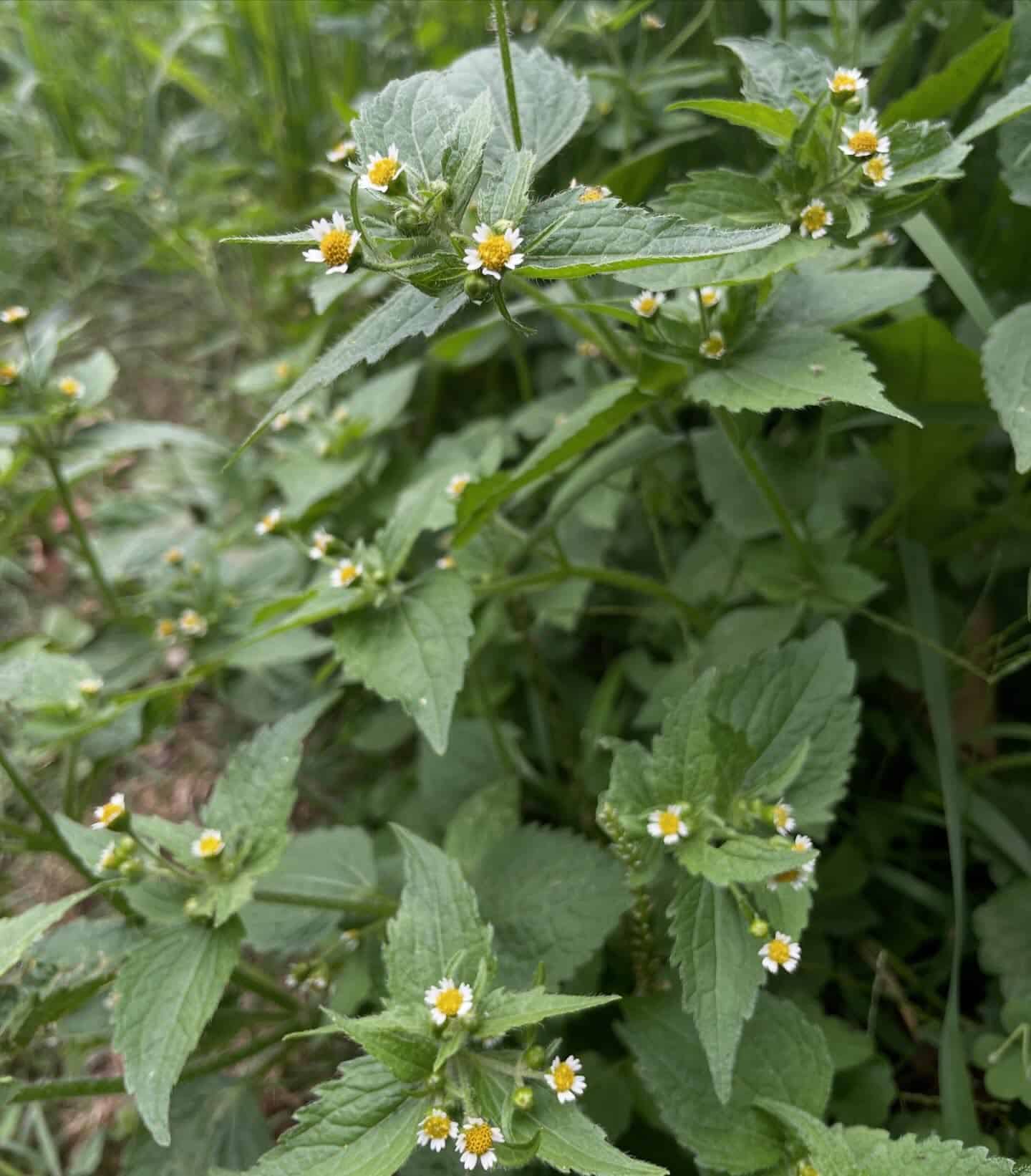
Quickweed likes to grow in disturbed soil such as gardens. The plant grows up to 2 feet tall.
The small flowers have five petals, each with 3 teeth, around a yellow center. Leaves are toothed, hairy, and have an opposite arrangement.
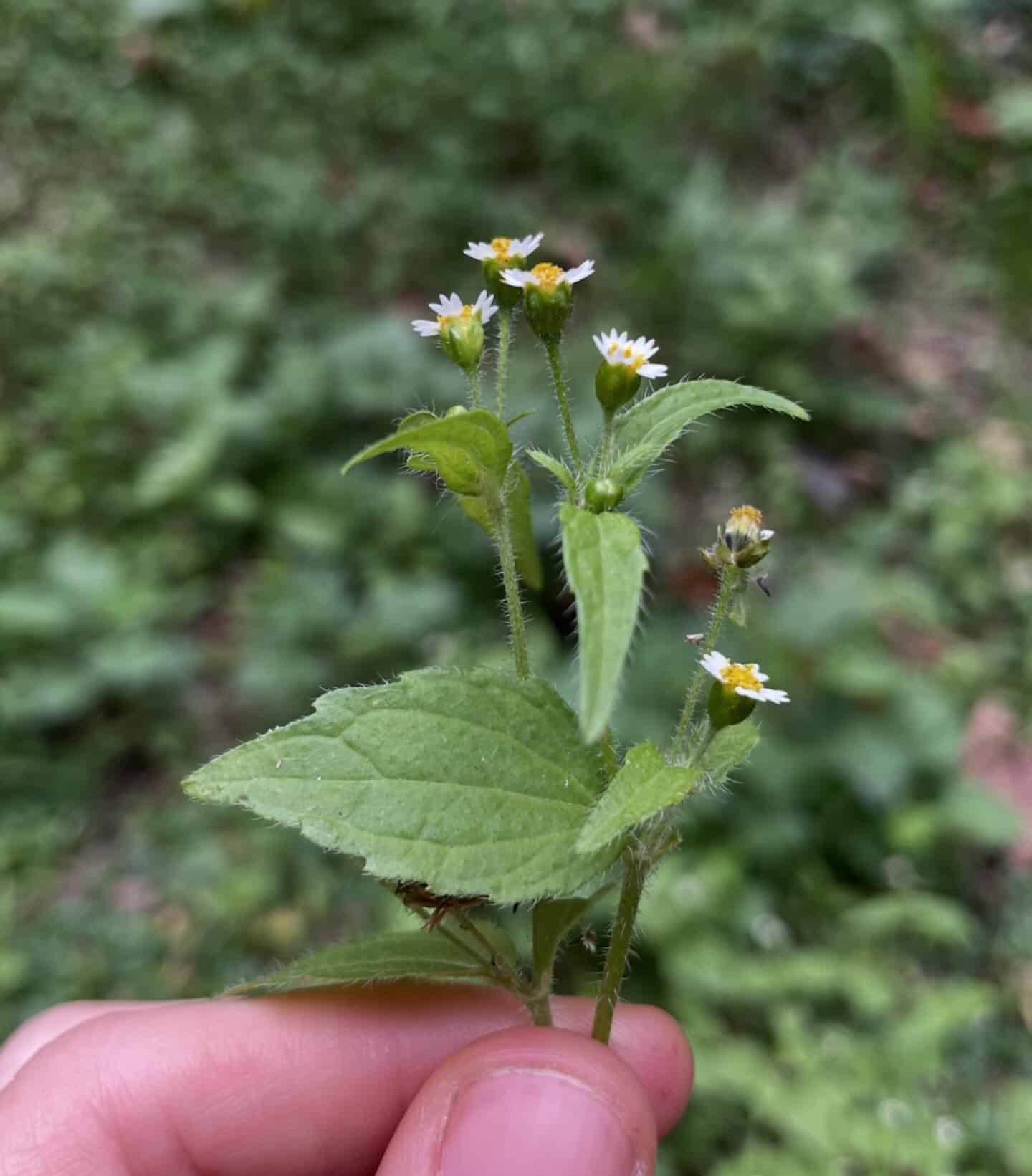
The leaves can be enjoyed raw or cooked. The leaves will be most tender before the plant sends up flower stalks. The flavor is comparable to artichoke. The plant is called “guascas” in Colombia and used as a dried herb in a stew called Ajiaco.
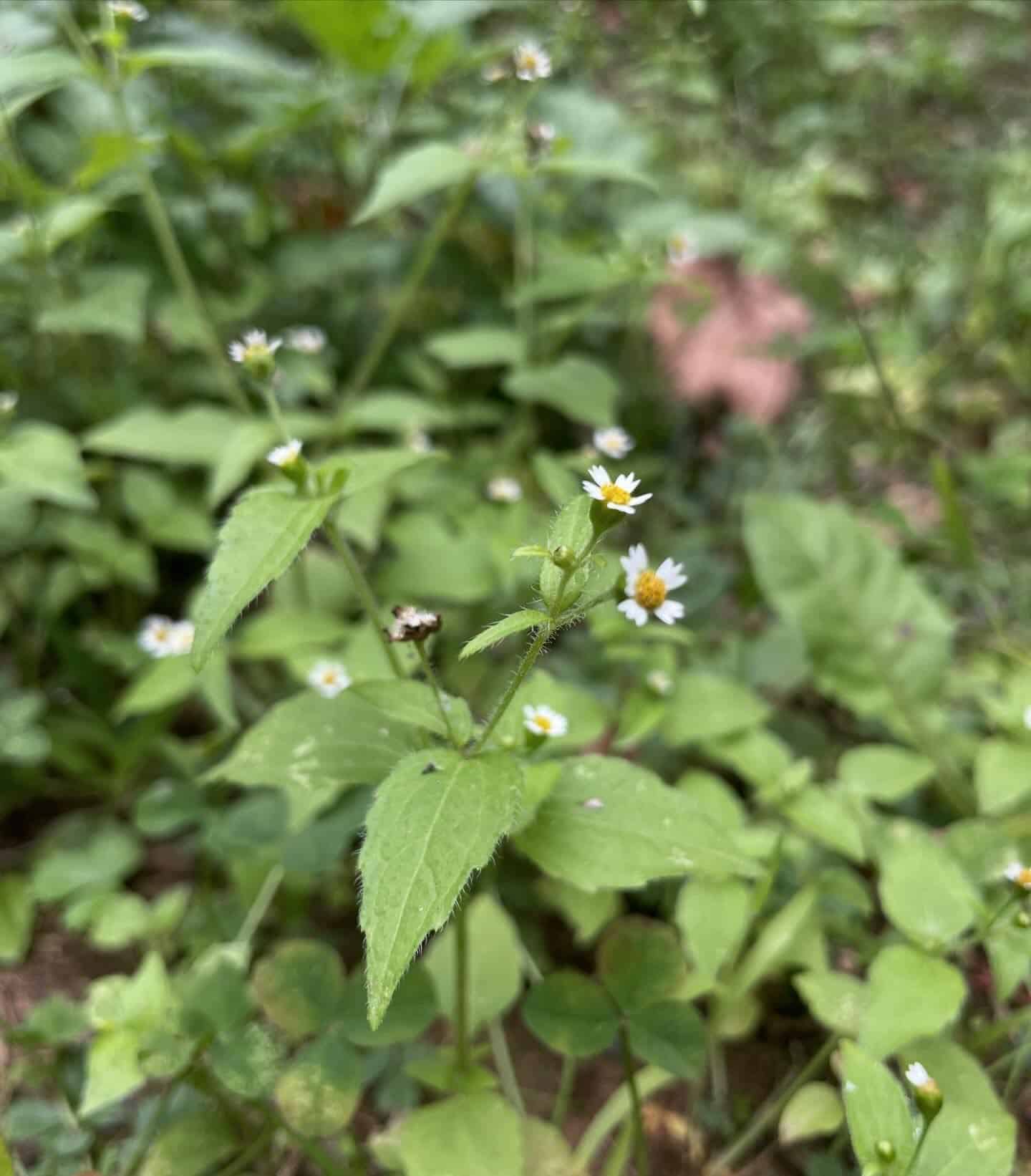
It has also been used medicinally for its anti-inflammatory and anti-malarian properties.

Quickweed must be differentiated from the toxic Coat Buttons (Tridax procumbens). Coat buttons tends to grow lower to the ground, it has more coarsely serrated leaves, and the seeds are attached to bristles.
Galinsoga parviflora is another edible species of quickweed that has smaller and less hairy leaves that are scarcely toothed.
--
Written by Amy Demers, founder of the Connecticut Foraging Club. To learn more about foraging in Connecticut, check out our upcoming classes.


